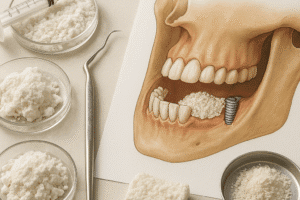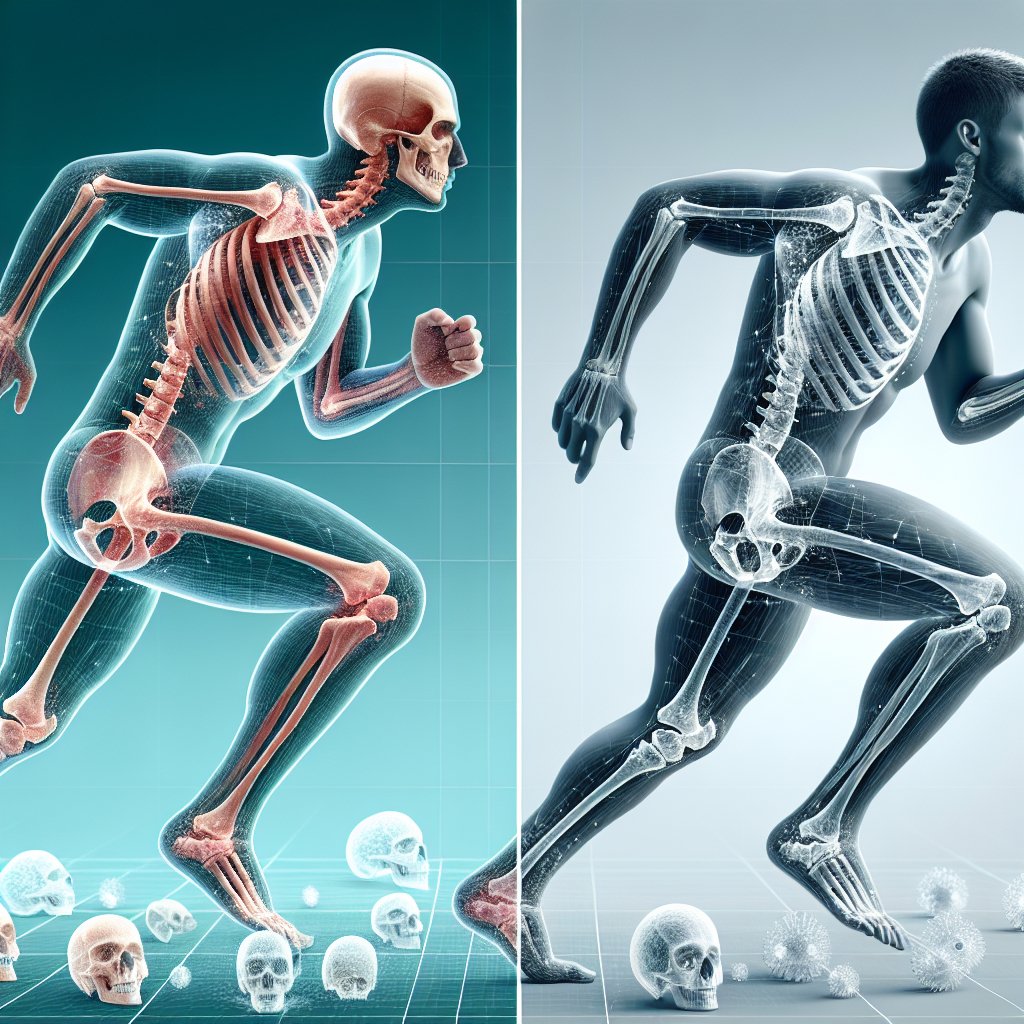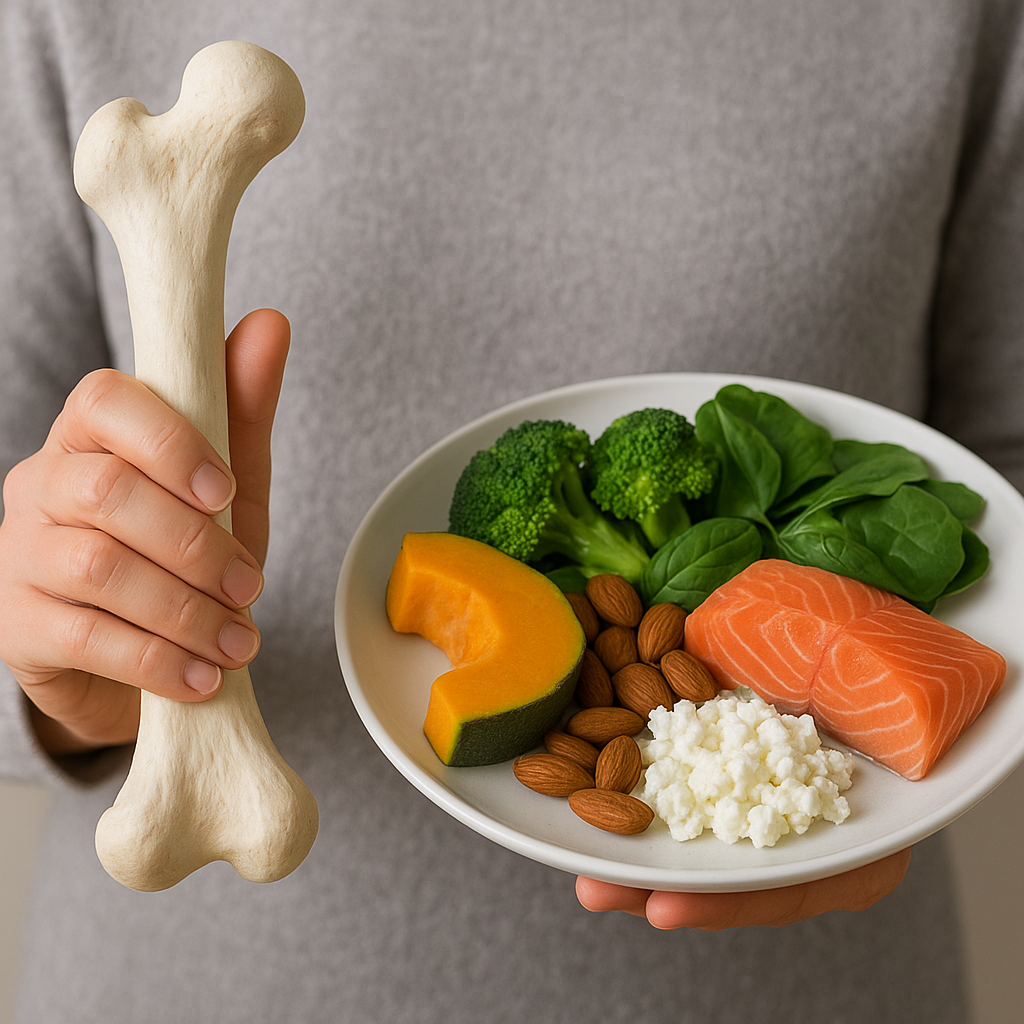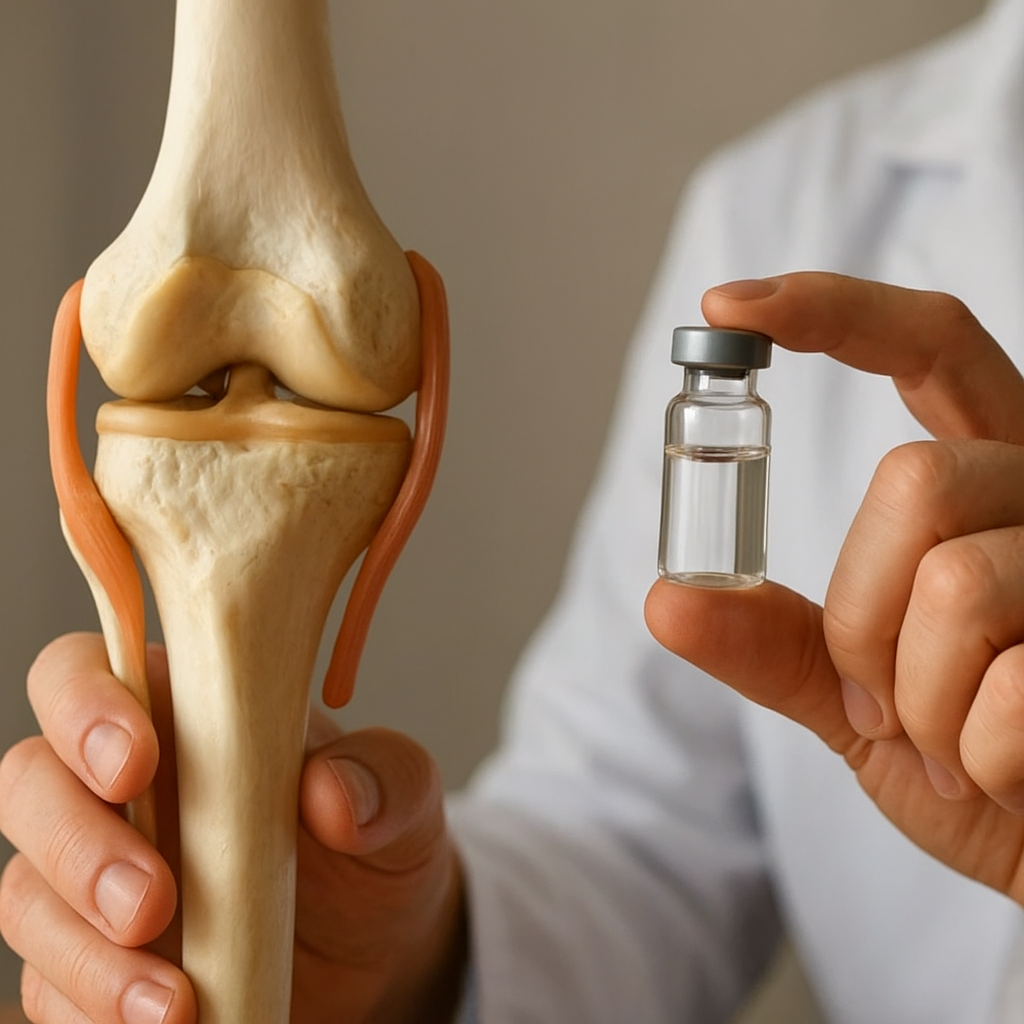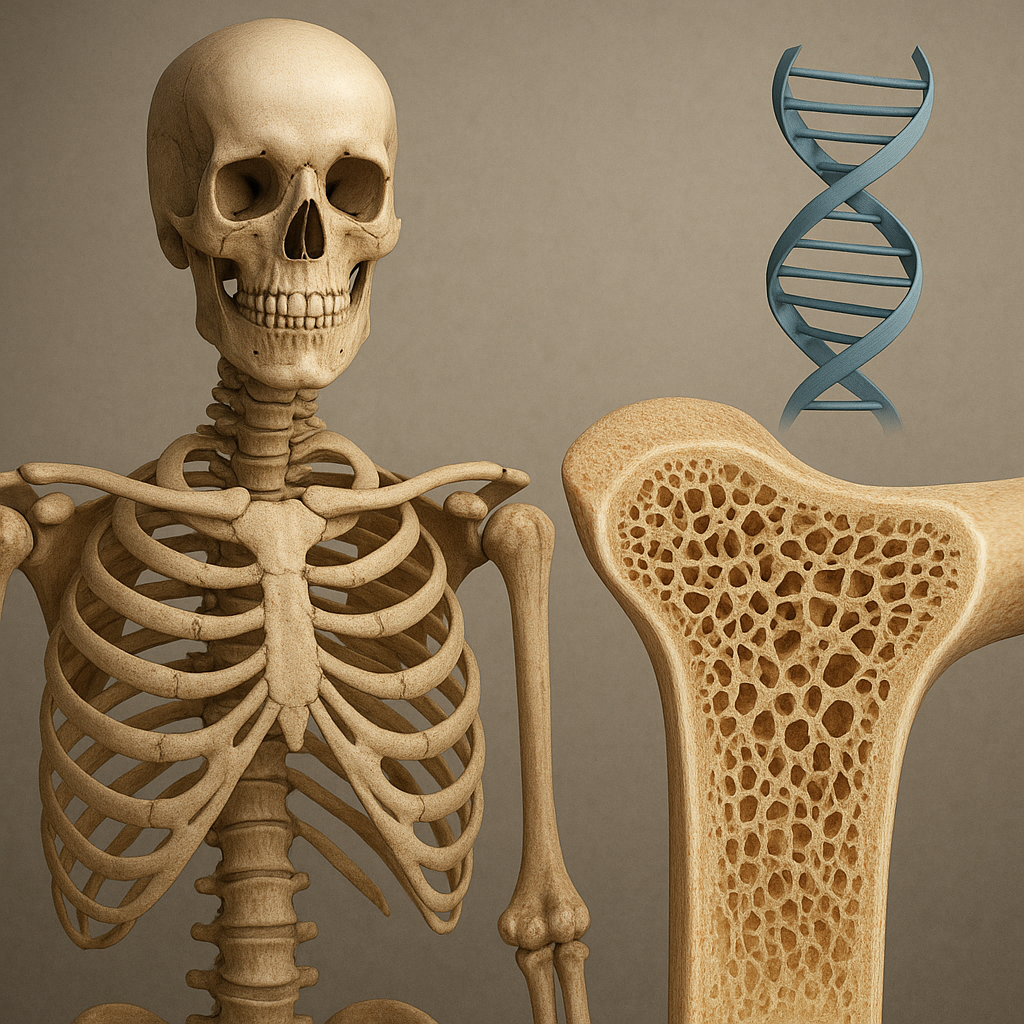Bone density in athletes is a crucial aspect of their overall health and performance, as the skeleton plays a vital role in supporting the body during physical activities. Understanding how various sports influence bone density can provide insights into injury prevention, training regimens, and long-term health outcomes for athletes. This article delves into the relationship between athletic activities and bone density, exploring the mechanisms behind bone adaptation, the impact of different sports, and the importance of nutrition and lifestyle choices in maintaining optimal skeletal health.
The Mechanisms of Bone Adaptation
Bone is a dynamic tissue that undergoes constant remodeling throughout an individual’s life. This process is influenced by mechanical loading, hormonal changes, and nutritional factors. When athletes engage in weight-bearing activities, the stress placed on their bones stimulates osteoblasts, the cells responsible for bone formation, to increase bone density. This adaptation is essential for athletes, as it not only enhances performance but also reduces the risk of fractures and other injuries.
One of the key principles governing bone adaptation is Wolff’s Law, which states that bone grows and remodels in response to the forces that are placed upon it. For athletes, this means that the type and intensity of their training can significantly affect their bone density. High-impact sports, such as running, gymnastics, and basketball, typically result in greater bone density compared to low-impact activities like swimming or cycling. This is because high-impact exercises create more significant mechanical stress on the bones, prompting a stronger adaptive response.
Additionally, the role of hormones in bone health cannot be overlooked. Hormones such as estrogen, testosterone, and growth hormone play critical roles in bone remodeling. For instance, estrogen is known to help maintain bone density, particularly in female athletes. However, factors such as menstrual irregularities or low body fat can lead to hormonal imbalances, which may negatively impact bone health. Understanding these hormonal influences is essential for athletes and coaches to develop training programs that promote optimal bone density.
The Impact of Different Sports on Bone Density
Different sports exert varying levels of mechanical stress on the skeleton, leading to distinct effects on bone density. This section will explore how specific sports influence bone health and the implications for athletes involved in these activities.
High-Impact Sports
High-impact sports are characterized by activities that involve jumping, running, and rapid changes in direction. These sports, such as basketball, soccer, and gymnastics, are particularly beneficial for bone density due to the significant mechanical loading they provide. Research has shown that athletes participating in high-impact sports tend to have higher bone mineral density (BMD) compared to their sedentary counterparts.
- Basketball: The jumping and sprinting involved in basketball contribute to increased bone density in the lower limbs and spine. Studies have indicated that basketball players often exhibit higher BMD in the femoral neck and lumbar spine.
- Gymnastics: Gymnasts experience intense mechanical loading during their routines, which can lead to exceptional bone density, particularly in the arms and legs. However, the emphasis on low body fat in some gymnasts can lead to hormonal issues that may counteract these benefits.
- Soccer: The combination of running, jumping, and quick lateral movements in soccer promotes bone health, especially in the lower extremities. Soccer players often show enhanced BMD in the tibia and femur.
Low-Impact Sports
While low-impact sports, such as swimming and cycling, are excellent for cardiovascular fitness and overall health, they do not provide the same level of mechanical loading on the bones as high-impact activities. As a result, athletes in these sports may have lower bone density compared to their high-impact counterparts.
- Swimming: Although swimming is a fantastic full-body workout, it is a non-weight-bearing activity that does not significantly stimulate bone remodeling. Swimmers may need to incorporate resistance training or other weight-bearing exercises to enhance their bone health.
- Cycling: Similar to swimming, cycling is low-impact and primarily targets cardiovascular fitness. While it can improve muscle strength and endurance, cyclists may also benefit from additional weight-bearing activities to support bone density.
Endurance Sports
Endurance sports, such as long-distance running and triathlons, present a unique challenge for bone health. While these activities can promote cardiovascular fitness and overall endurance, excessive training without adequate recovery can lead to a decrease in bone density. This phenomenon is often referred to as the “female athlete triad,” which encompasses energy deficiency, menstrual dysfunction, and low bone density.
Endurance athletes, particularly women, must be mindful of their energy intake and ensure they are consuming enough calories to support their training and maintain hormonal balance. Incorporating strength training and weight-bearing exercises into their routines can also help mitigate the risk of low bone density.
The Role of Nutrition and Lifestyle Choices
Nutrition plays a pivotal role in maintaining bone health, particularly for athletes. A well-balanced diet rich in essential nutrients is crucial for supporting bone density and overall athletic performance. Key nutrients that contribute to bone health include calcium, vitamin D, protein, and magnesium.
Calcium and Vitamin D
Calcium is a vital mineral for bone health, as it is a primary component of bone tissue. Athletes should aim to consume adequate amounts of calcium through dietary sources such as dairy products, leafy greens, and fortified foods. The recommended daily intake of calcium varies by age and gender, but athletes often require higher amounts due to their increased physical demands.
Vitamin D is equally important, as it aids in calcium absorption and bone mineralization. Athletes can obtain vitamin D through sun exposure, dietary sources such as fatty fish and fortified foods, or supplements if necessary. Ensuring sufficient vitamin D levels is particularly crucial for athletes training indoors or in regions with limited sunlight.
Protein and Magnesium
Protein is essential for muscle repair and growth, but it also plays a role in bone health. Adequate protein intake supports the formation of collagen, a key component of bone structure. Athletes should focus on consuming high-quality protein sources, such as lean meats, fish, eggs, legumes, and dairy products.
Magnesium is another important mineral for bone health, as it contributes to bone density and overall skeletal strength. Foods rich in magnesium include nuts, seeds, whole grains, and leafy green vegetables. Athletes should ensure they are meeting their magnesium needs to support optimal bone health.
Conclusion
Bone density in athletes is influenced by a complex interplay of factors, including the type of sport, mechanical loading, hormonal balance, and nutrition. High-impact sports tend to promote greater bone density, while low-impact activities may require additional weight-bearing exercises to support skeletal health. Nutrition plays a critical role in maintaining bone density, with key nutrients such as calcium, vitamin D, protein, and magnesium being essential for optimal bone health.
As athletes strive for peak performance, it is crucial for them to prioritize their bone health through appropriate training, recovery, and nutrition. By understanding the relationship between sports and bone density, athletes can make informed choices that enhance their performance while safeguarding their long-term skeletal health.





